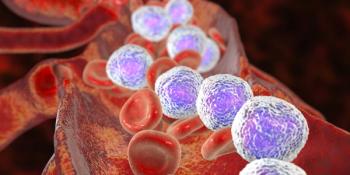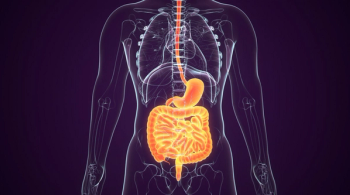
Oncology NEWS International
- Oncology NEWS International Vol 18 No 2
- Volume 18
- Issue 2
Risk of transplantrelated mortality doesn’t increase with cord blood
This study shows that in patients with acute leukemia, cord blood can be a good alternative,” said Dr. Keating, director of the division of hematology at the University of Toronto.
This study shows that in patients with acute leukemia, cord blood can be a good alternative,” said Dr. Keating, director of the division of hematology at the University of Toronto.
“For stem cell transplants, often there is some urgency, and finding a suitable peripheral blood or bone marrow donor can take a while. The advantage of cord blood is that these cells are typed and cryopreserved, so access to them could be faster.”
In a patient with acute myeloid leukemia in second remission, where time may be important, “it would be appropriate to do a cord blood transplant,” added Dr. Keating, who is also a professor of medicine at the University of Toronto.
Among some physicians, he said, “there may be a perception that using cord blood for stem cell transplants is riskier than peripheral blood or bone marrow sources. Certainly, the immunologic recovery is slowest with cord blood, and patients could thus be more susceptible to infection. But in terms of transplant-related mortality, cord blood is roughly the same when compared with peripheral blood or bone marrow sources.”
Articles in this issue
almost 17 years ago
Consortium advances multidisciplinary program for colon canceralmost 17 years ago
Celator joins leukemia society for phase II trial of CPX-351almost 17 years ago
Genzyme nabs FDA approval for stem cell mobilizing agentalmost 17 years ago
FDA launches pilot safety program for foreign drugsalmost 17 years ago
Radiation oncology society adopts new monikeralmost 17 years ago
Varian places RT units; offers storage systemalmost 17 years ago
Improvements in Pap screenings proposedalmost 17 years ago
New outlook for neuroendocrine canceralmost 17 years ago
Mismatched cord blood stem cells meet need for urgent Rx in acute leukemiaNewsletter
Stay up to date on recent advances in the multidisciplinary approach to cancer.

















































































